- Advice
How to optimize your site's SEO traffic fast
This is a post from a member of the Freelancers Union community. If you’re interested in sharing your expertise, your story, or some advice you think will help a fellow freelancer out, feel free to send your blog post to us here.
All brand new websites start at the same exact place. Basically, with zero authority or traffic.
The bad news is that you won’t start receiving "passive" traffic and become a success out of nowhere. You can’t just sit back and wait for the Google Gods to start flooding your servers. The good news, however, is that you can still grow a brand new website quickly. You just have to be strategic from the start.
Here are some of the best ways to start generating traffic and exposure to any brand new website immediately (until the rest of the world catches up).
First, identify where your audience already hangs out
Some new companies think that “no competition” online is a good thing. Let me be the first to tell you that it’s a very, very, very, very bad thing. You actually do want competitors in a market to prove that customers understand what you sell and are willing to pay for it.
However, there’s another sneaky reason for wanting to see competition, too. You can (and should) spy on them to understand their tactics. For example, just punch a competitor’s name into SpyFu. Then, head over to “SEO Keywords” and it’ll reveal the top keywords they’re currently ranking for already.
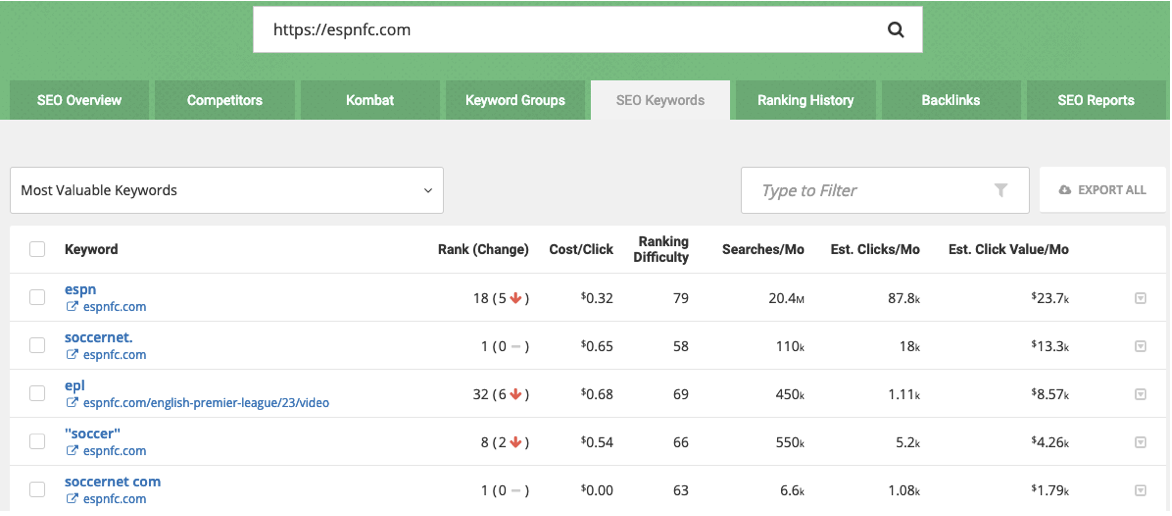
You can sort by estimated clicks per month to estimate traffic. And then you can look at each individual URL to reverse engineer what they’re doing to out-execute them.
For instance, if their content is 500 words you can make yours 2,500+. If there are misspellings you can double-check everything in Grammarly before publishing. If their pages load in five seconds yours can load in one.
Another way to piggyback on the competition is to see what other websites they’re using to sell through. Listing your products or services on big third-party sites might cost a little more from each sale, but these sites already have built-in audiences waiting to buy what you have (unlike your website).
So search for your own product or service category and make note of all the popular marketplaces and other third-party directories. You should see a ton of them in the AdWords section:
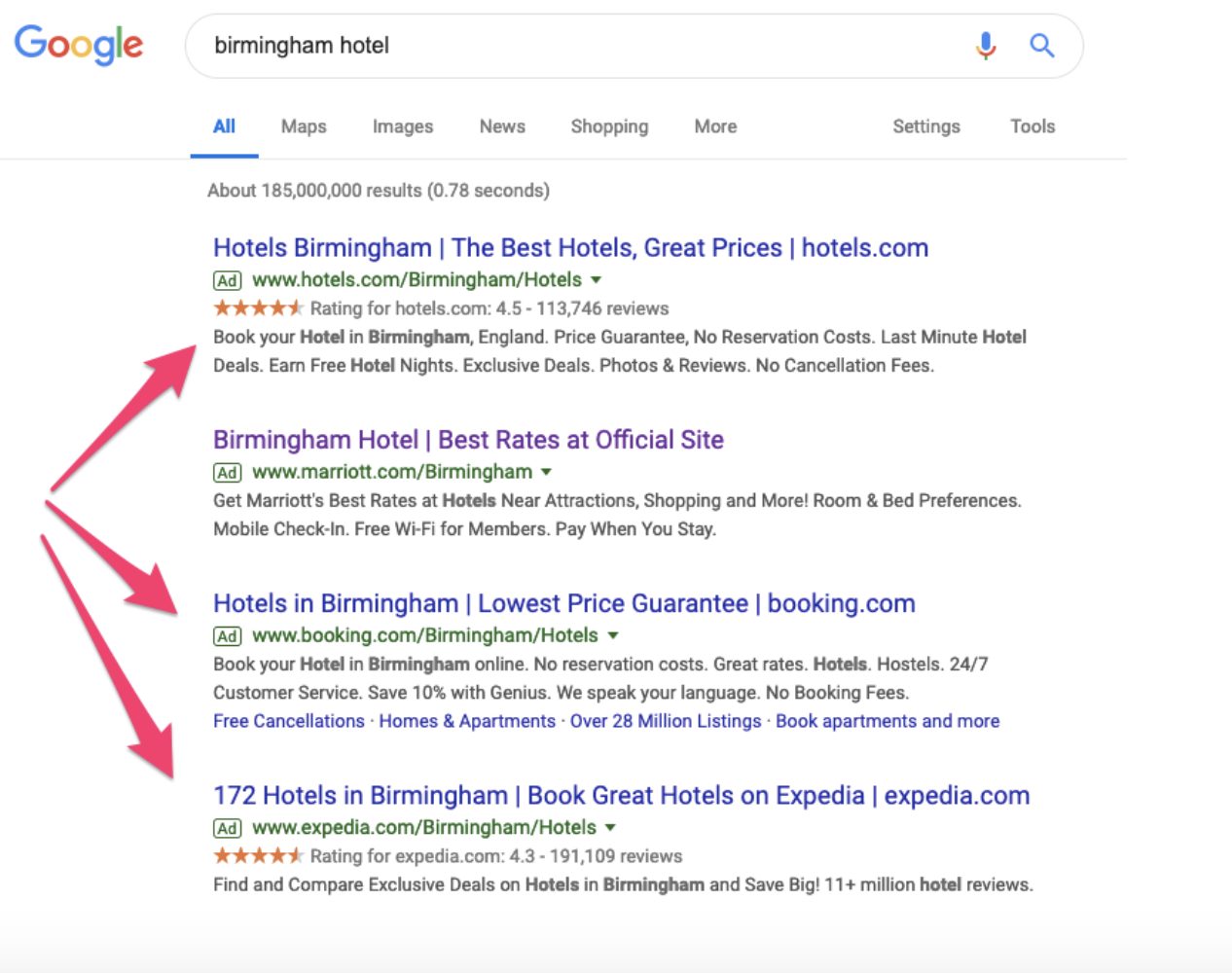
Then, scroll down through all of the other Google Search Engine Result Page (SERP) features to see where the information is coming from. For example, on the hotels SERP below, click on “About these results” and then hunt down the sources they divulge.
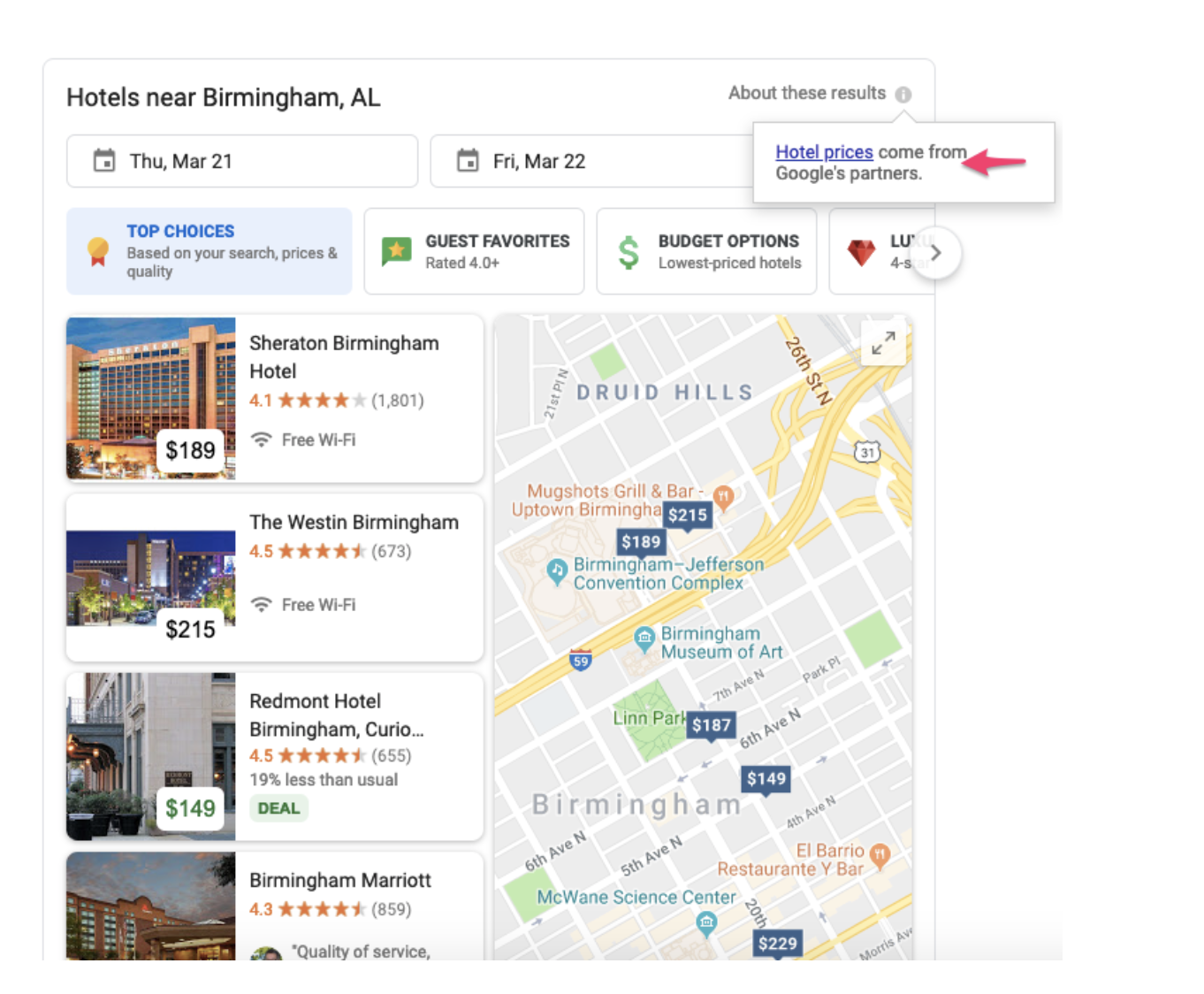
Hotels are a good example for this because there is no shortage of results. Even the organic listings for major categories will be flooded with other big sites to chase down.
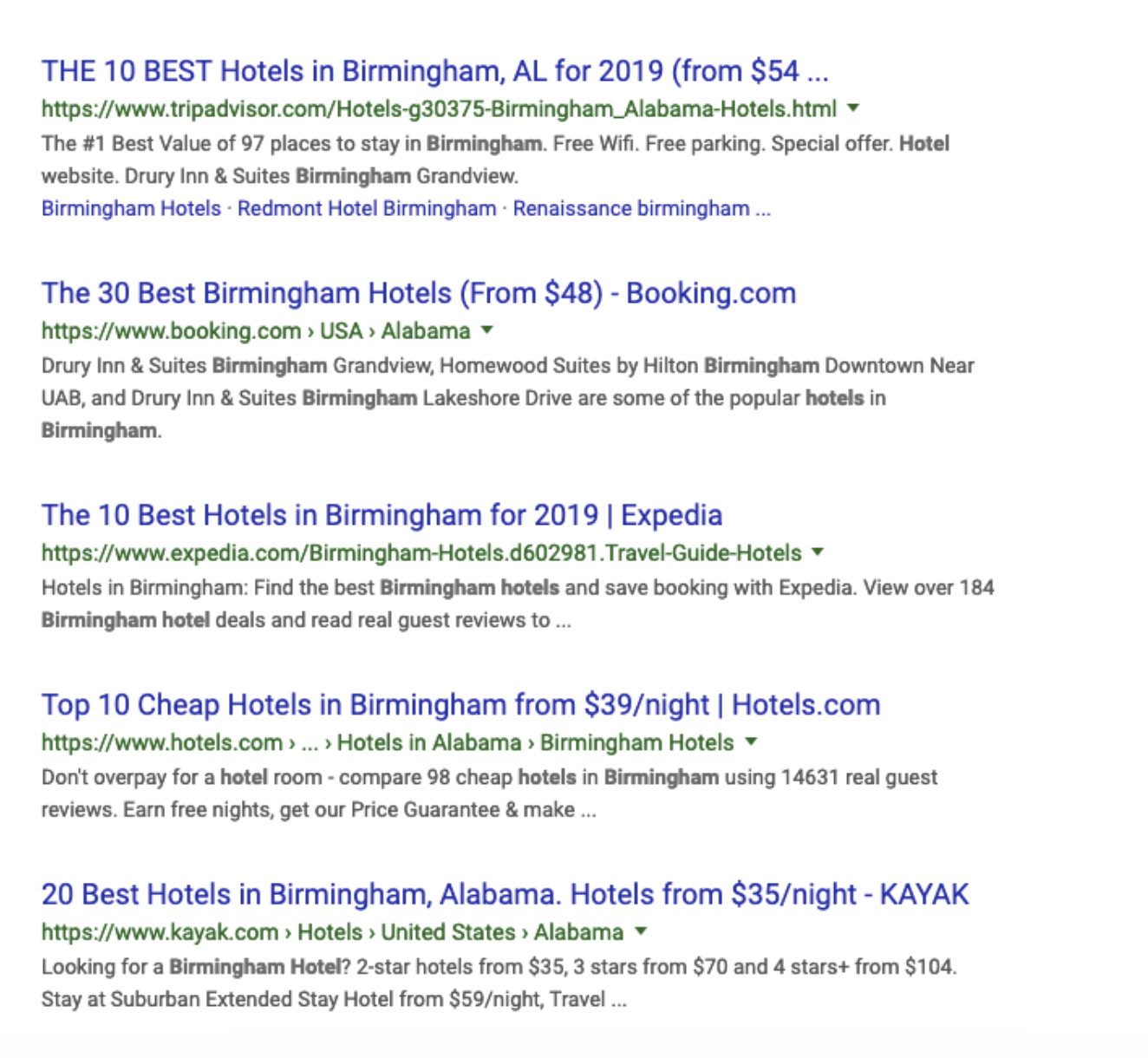
But no matter which industry you’re in, the idea is the same. Let’s say you’re selling an ecommerce product. Simple! Repeat these same exercises and look at all of the sites like Amazon, etc. who are selling products like yours for a cut of the revenue. Or, look up all of the independent review sites like bloggers to get in touch with ASAP.
The most important thing to keep in mind at this stage is that no one knows who you are. Traffic won’t just come out of nowhere. That means you need to go out and do things to drive traffic (and sales) back to your site. Go find and work all of the other sites out there who will refer your first customers, until you’re ready to get your own directly.
Get off the couch and attend events
When you send a cold email, the only goal is to get someone to open and respond. You do not want to try and sell in the first email. The same applies to old fashioned events.
In B2B spaces, you could find potential customers at events. But you don’t want to start pressuring these people in public. It’s often easier to use events to find the online equivalent of the last point: referral partners.
For example, head over to Meetup.com where there are dozens of relevant events happening in most cities around the world on any given week.
Many of these will have a natural crossover between (a) the types of people you’re looking to get in front of, and (b) the product or service you’re trying to sell. This “Atlanta Legal Tech” group, for instance, is all about blending entrepreneurs and technical doers with lawyers, paralegals, etc.
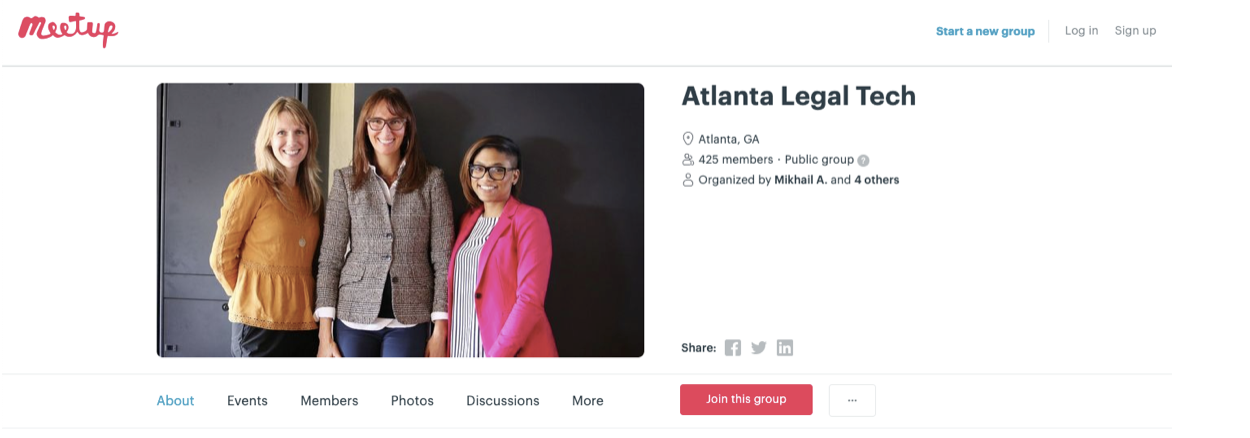
Your customers could be here in theory. But simply attending and meeting other like-minded people who can help each other would be an easier first step.
Find someone who you can help and who might be able to scratch your back in return. Attend a few times and try to see if they’re looking for speakers at future events to raise your profile in the group. Offer to volunteer to organize or set up each event so you can get on a first-name basis with speakers.
You can also start hosting your own offshoot events around conferences you’re already traveling to.
Start working with the press
Beyond other business influencers and marketplaces, journalists, podcasters, and bloggers are the next logical step. They’re usually positioned to hold influence over the exact communities of people you’re trying to each.
HARO — Help A Report Out — is like the lowest hanging fruit. It’s pretty simple: just sign up to their email list for certain topics. They’ll send out daily emails from journalists who’re looking for expert help on different topics.
Monitoring these daily emails and responding to a few good opportunities might only take ~15 minutes each morning. Yet, a few high-quality press mentions from big publications will snowball your traffic over time.
You can also take a more direct route, looking up the journalists or bloggers who tend to frequent many top sites in your space. All you need to do is find the contributing author of each piece you like, like this LifeHacker example:
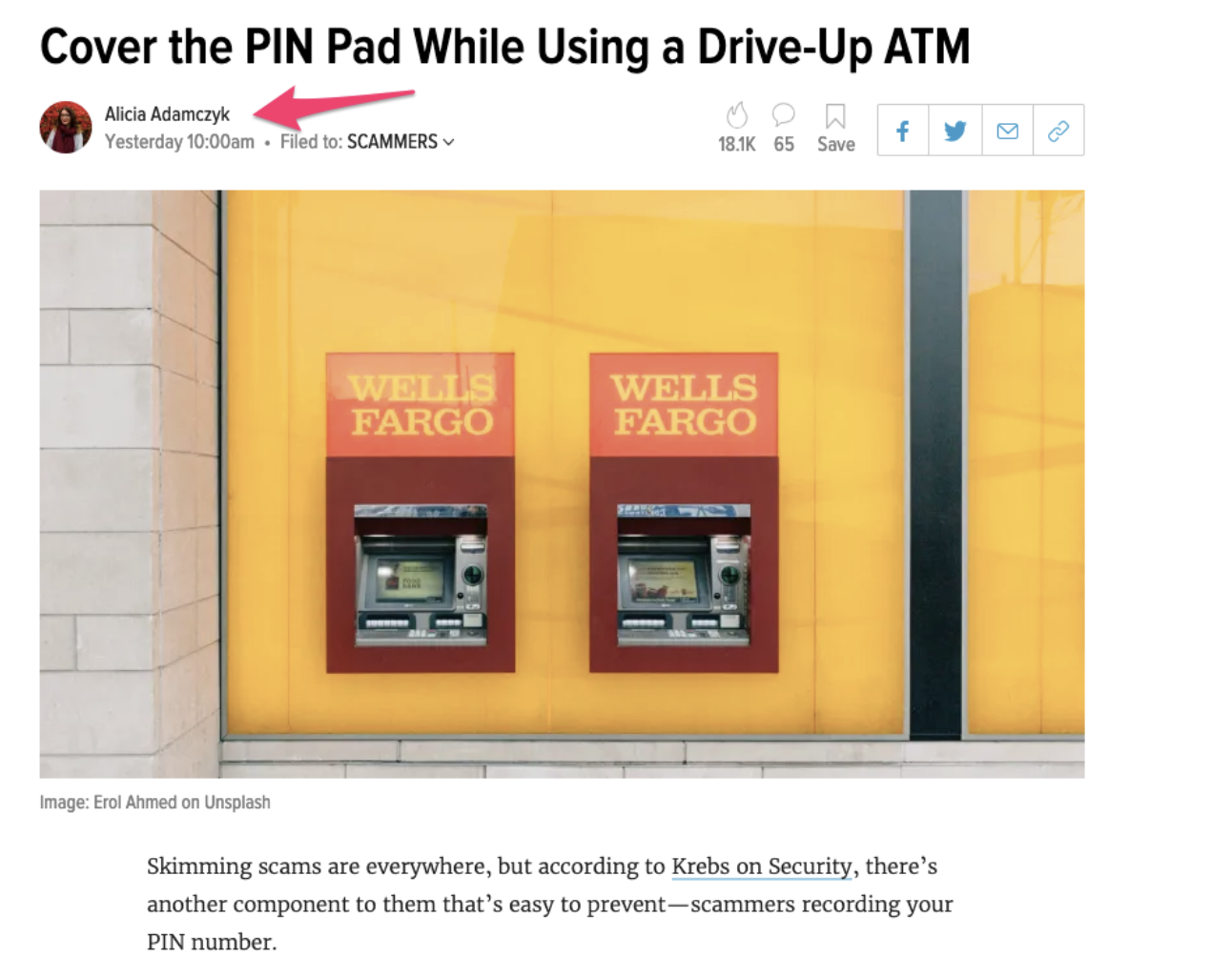
Next, head over to the LinkedIn Sales Navigator or Twitter Search and look them up! Most legitimate journalists and bloggers easy to get a hold of on social sites.
Now, follow lists of these people and monitor them daily to see when they’re asking questions, looking for specific people to talk to, etc. It’s about being helpful when the time arises.
It helps to batch these activities as much as possible. That way, you’re not spending ten minutes every single hour writing outreach emails. But instead, you’re spending one single hour each day.
Some time saving apps like FocusMe can come in handy. You can temporarily block incoming emails inside Gmail so they won’t disrupt or distract you. Yet, you’ll still be able to send emails as normal.
In conclusion
A new site is a chicken and egg problem. You can’t really start ranking for anything until you build up your site. But you also can’t build up your site if nobody knows who you are.
But with some smart moves and diligence, you can build that snowball of momentum and become an authority. Start today.
